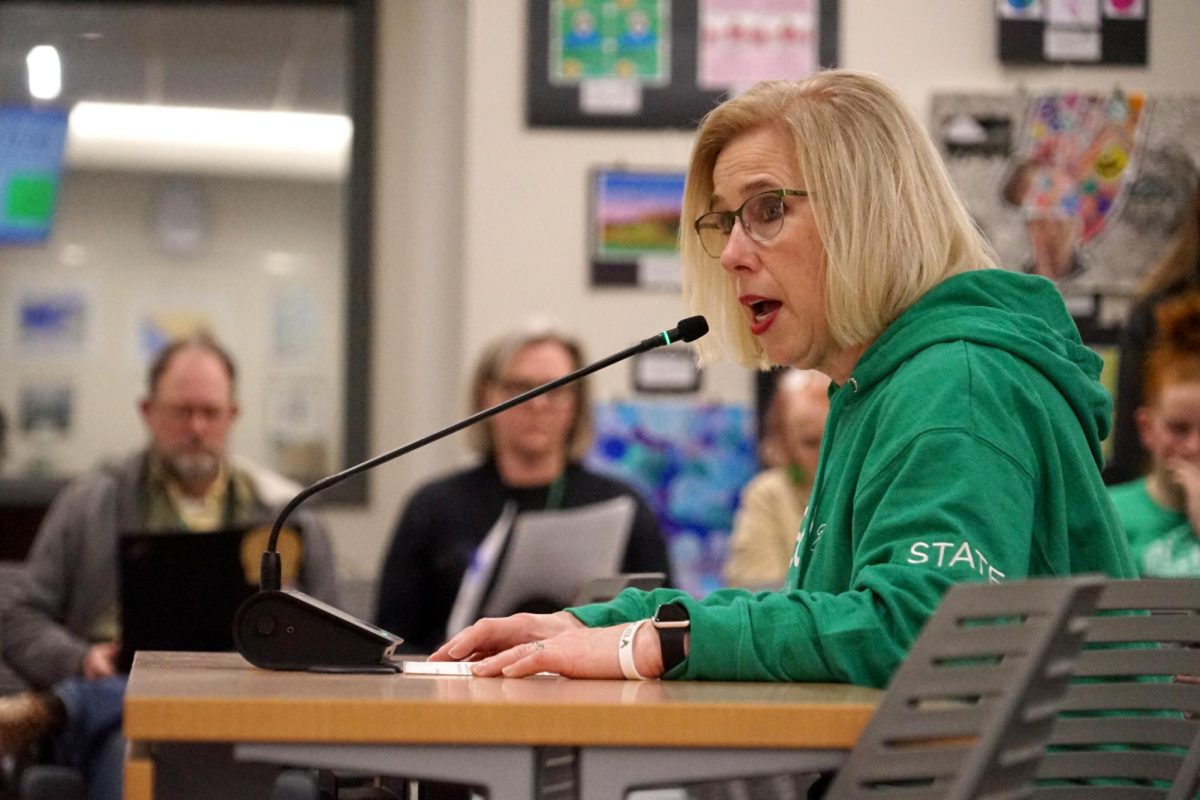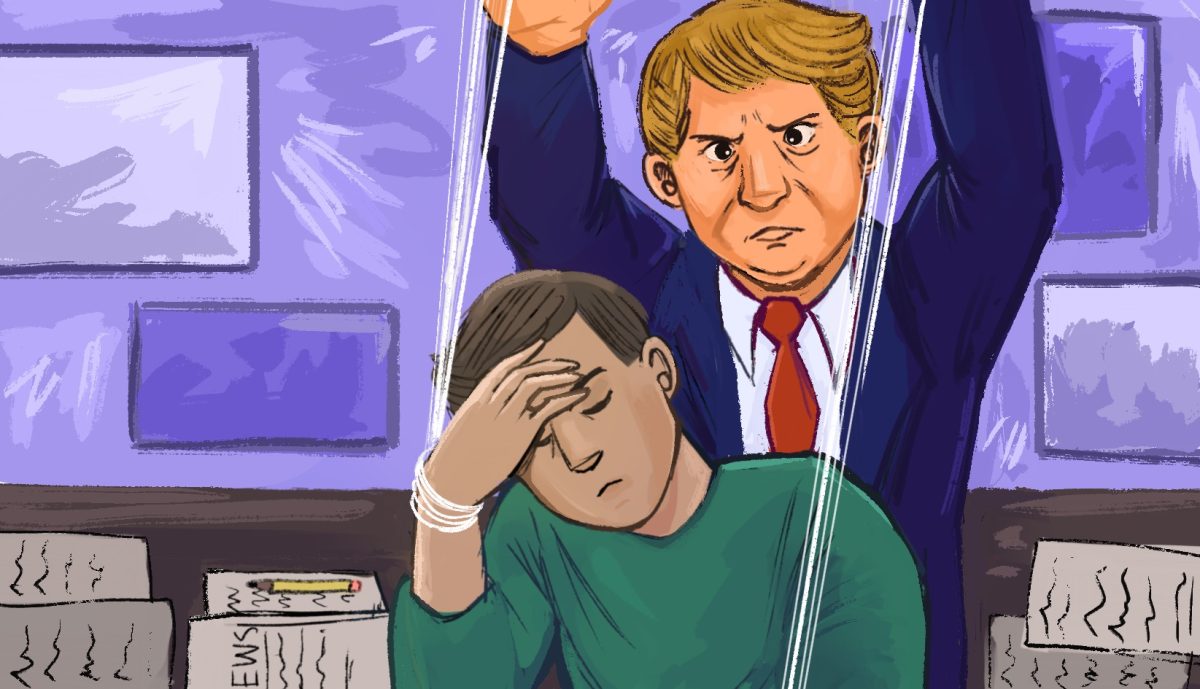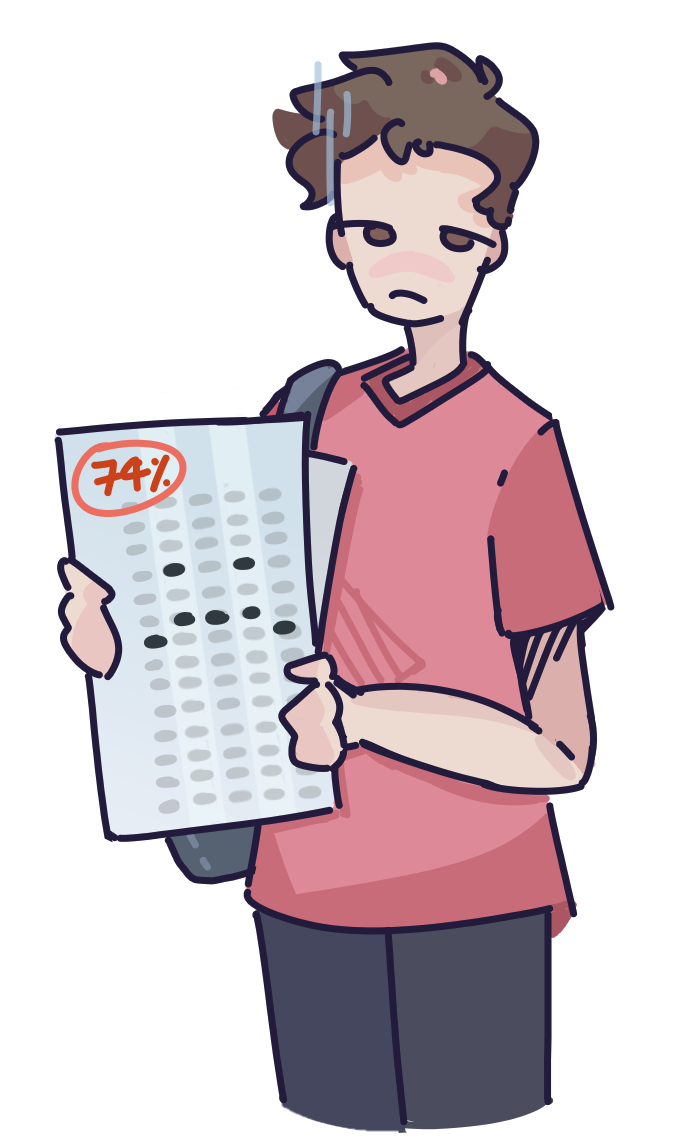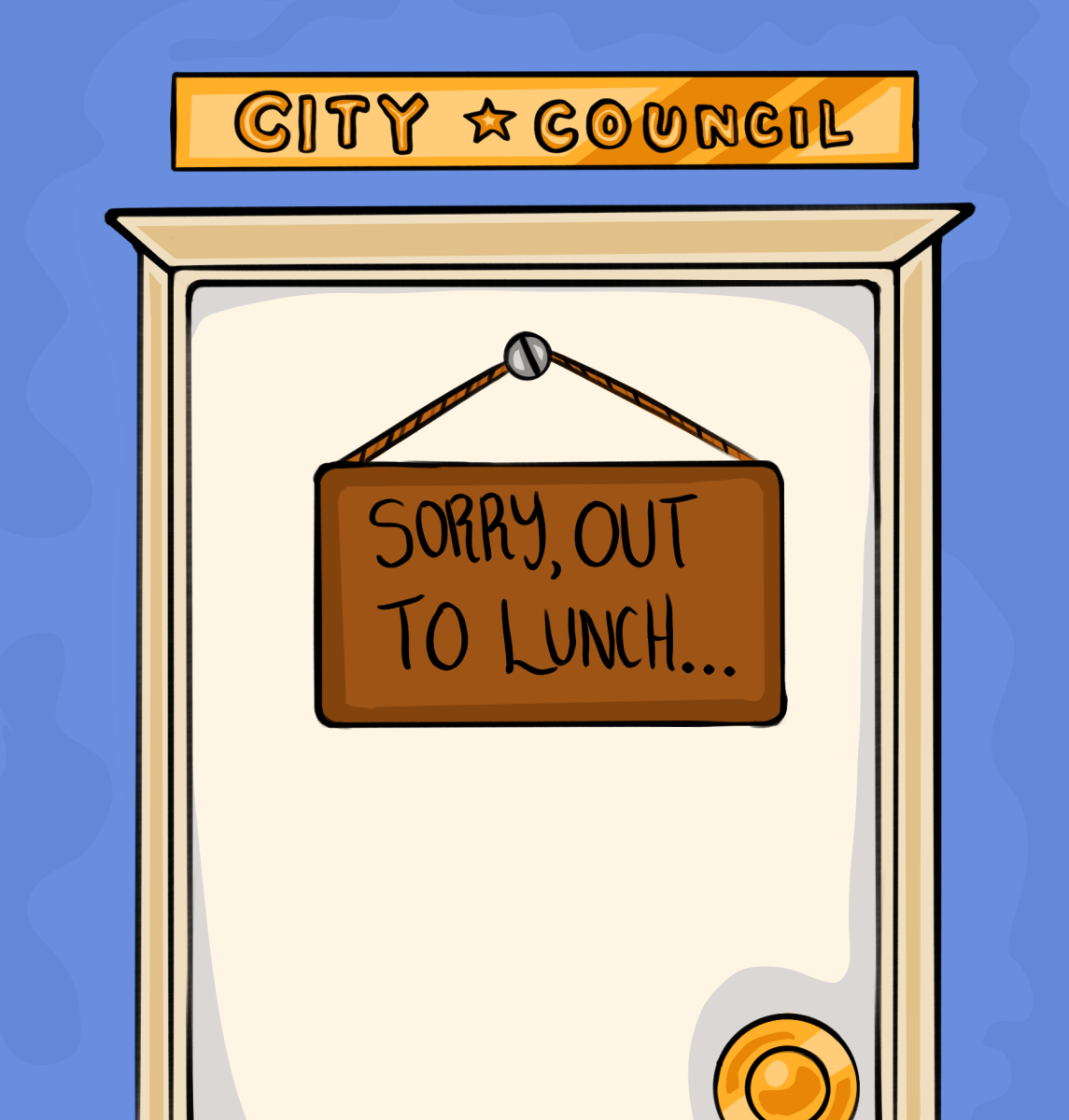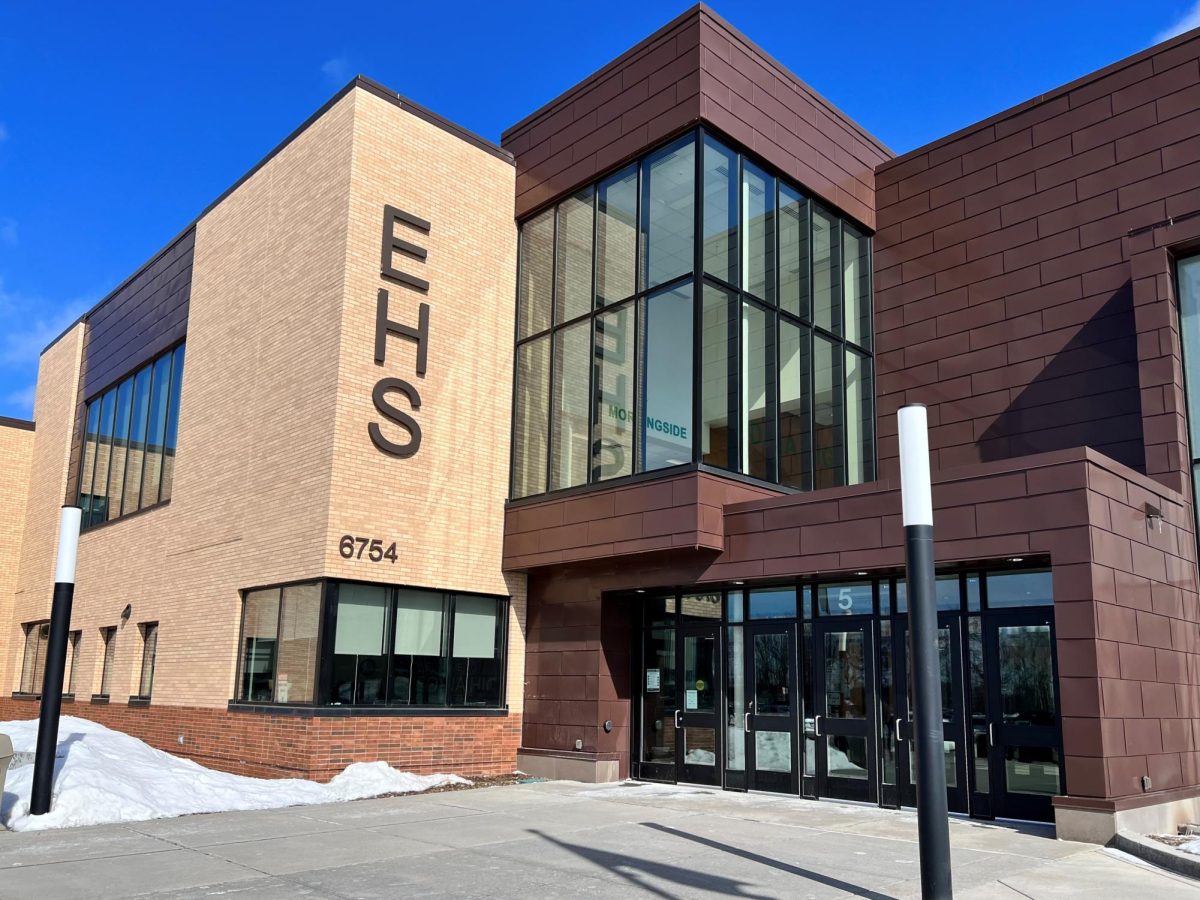Every few weeks in ninth grade, I logged onto a Breakfast Book Club meeting. I would wake up before sunrise in anticipation of the newest book we were reading. On my computer screen, I listened as the book’s author explained the writing process and what their books meant to them. Before each meeting, Sara Swenson, the high school’s media specialist, would encourage us to bring questions to ask the authors, allowing us to get the most out of the virtual visit. “Oona out of Order” by Margarita Montimore and “The Chicken Sisters” by K. J. Dell Antonia still sit on my small bookshelf.
Fast-forwarding to a mere two weeks ago, I was in the nurse’s office. As I sat in a chair by the door feeling fatigued, dizzy, and sporting a temperature of nearly 100 degrees, I watched a student come in every 15 minutes or so. The two nurses, Deb Link and Gretchen Meier, balanced each arriving student, diagnosed what they would need, and placed various phone calls to their parents.
On March 4, after three months of deliberation, the Edina School Board will be hearing final recommendations and deciding on the proposed budget. The budget cuts, which will eliminate $3,620,000 in expenditures, are projected to halve both the media specialist team and the number of licensed school nurses from nine full-time employees to 4.5 employees. Not only do these actions function opposite to the District’s educational goals listed in its Strategic Plan but they also push Edina farther away from “defining excellence.”
Last December, EPS realized its budget problem. The year prior, a $4 million budget cut took place in non-student-facing areas of the District. Now, another, slightly smaller round of cuts is needed to ensure that the District doesn’t dip below its unassigned fund balance level, or the amount of money left in the general fund that isn’t allotted to a certain area, of 6.90% from FY23.
In addition to media specialists and licensed nurses, the newly proposed budget would negatively impact teachers and staff who work directly and daily with students in all grade levels. Contact time between Edina faculty and families will be greatly reduced, causing more difficulty in communication and stress among both parties.
Around 20% of the budget cut involves the reduction of middle and high school counselors’ extra duty days in the summer from 18.50 to 10.00 days.
According to Edina High School Counselor Lisa Burnham’s statement during the School Board Meeting on Feb. 12, school counselors are often the first point of contact for Edina students, a needed connection amid the ongoing student mental health crisis. Counselors will have about half the time to connect with struggling families, severely limiting the help that many students are encouraged to reach out for.
This decision is also surprising because Edina High School notified families on Aug. 4 that they had altered counselor assignments for upperclassmen with the intent to “balance the caseloads of our outstanding counseling staff while working to provide students with the support they need.” As a student, it wasn’t hard to interpret these changes as a need to protect the well-being of the counselors. Especially around high-volume times of the year—which is mostly all year round—I’ve found my counselor frazzled as she keeps up with the inner workings of Edina’s massive student body. The reduction in duty days could easily lead to more burnout among staff as they answer to the same volume of student needs within a shorter timeframe.
Thankfully, the counseling department was spared from a reduction in staff sizing, but other departments weren’t so fortunate. The media specialist team, which currently serves all EPS schools except the Early Learning Center, could be cut in half, leaving four full-time staff members and one part-time worker. Teachers and students would only have access to these professionals for half of the school day, leaving any issues they face during the unlucky time that their specialist is gone on standby until the next day.
No longer having guaranteed access to specialists will also disrupt many coding, research, and exploratory projects that have given necessary time for students to engage in non-traditional learning formats. Most of the current formats that assess learning, like multiple-choice tests, only promote rote memorization and do nothing for creative brain development. I wouldn’t know much about graphic design or how to work a computer if it weren’t for the access I had as a younger student to innovative programs on school computers.
Lacking full-time nurses could have an even more serious effect on the ability of students to learn and feel safe. While my brief cold didn’t require significant medical attention, the same cannot be said for the 509 EPS students with asthma, the 55 with seizure disorders, the 389 with life-threatening allergies, the 20 with chronic conditions that need gastronomy tubes, tracheostomies, and ventilators, the 27 with Type 1 diabetes, or the 540 with mental or behavioral conditions.
Cornelia Elementary School Nurse Stephanie Janasko informed the Board that this equates to 10% of Edina students.
During the Feb. 12 School Board meeting, many licensed nurses within the District and appropriately concerned parents emphasized the fact that living with these conditions is often a life-or-death scenario. If a student suddenly has a seizure or experiences extremely low blood sugar levels in the hands of a stand-in CPR-trained teacher, that child’s best bet will be just how fast someone can dial 911.
As for the less immediate but just as important aspects of student health, elementary school choral and physical education teachers could face a full-time employment reduction if media specialists are not cut, making either option a lose-lose situation. According to Creek Valley PE teacher Zach Baker and CV music teacher Carah Hart, students will be able to move their bodies and benefit from musical education for 40% less time than before.
As a person whose parents couldn’t afford the time or money to put me in activities and music lessons outside of school, I’m deeply concerned for the students who are in my situation. Countless studies from the CDC, National Institute of Health, and other reputable research organizations show that physical activity and music are essential for proper mental cognition and growth. Getting half this time will make it harder for energetic kids to expel their pent-up energy, which often prevents them from being able to focus and excel in class. What was our motto again?
The traits that have drawn families to Edina are being threatened by the approval of the current cost containment plan. No one disagrees that budgets are hard. Money is hard. Inflation is hard. But hopefully, the passionate voices who spoke at the School Board meeting, who have written letters, and who show up every day for their students will show the Board and the District that it will be even harder to let your community down.

